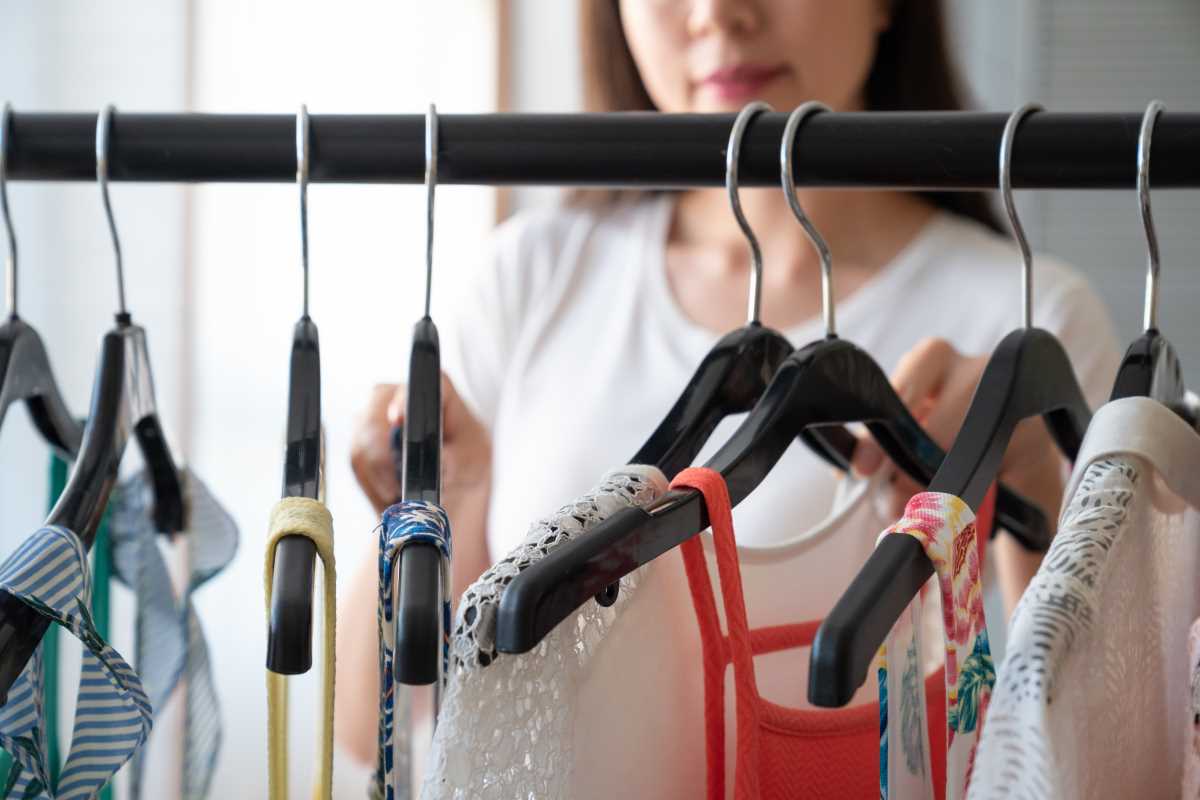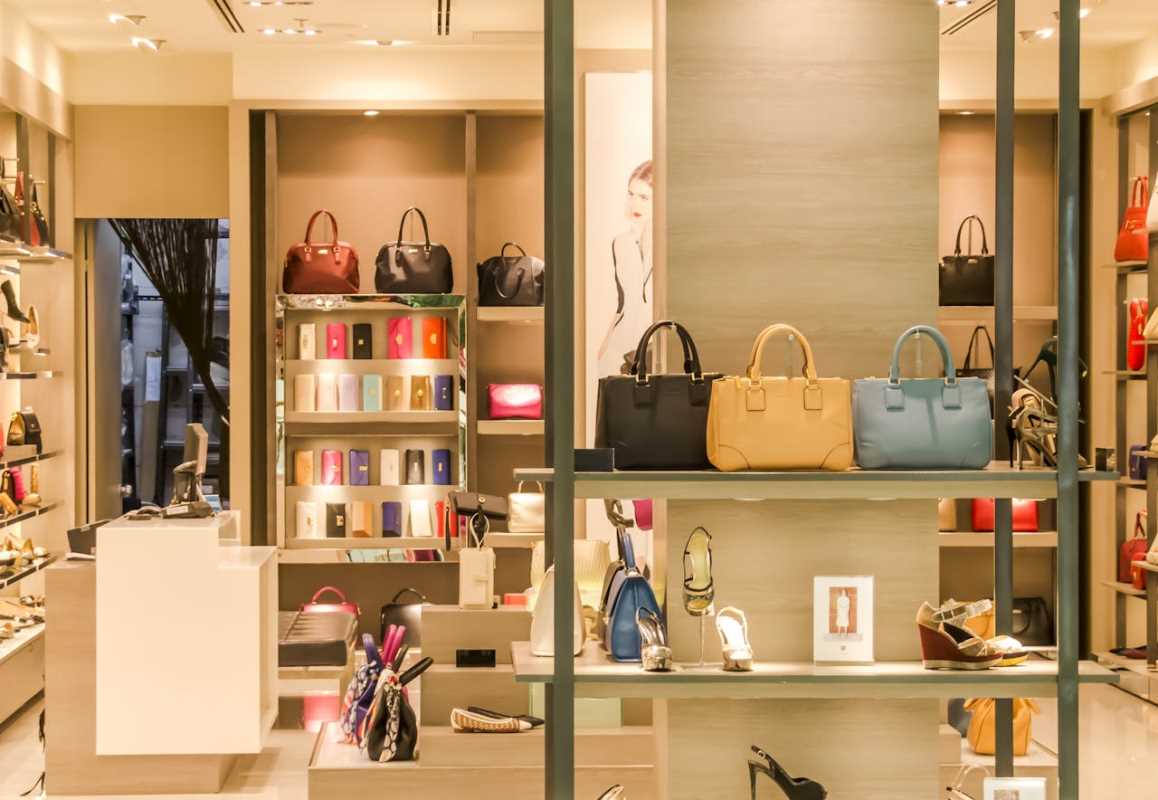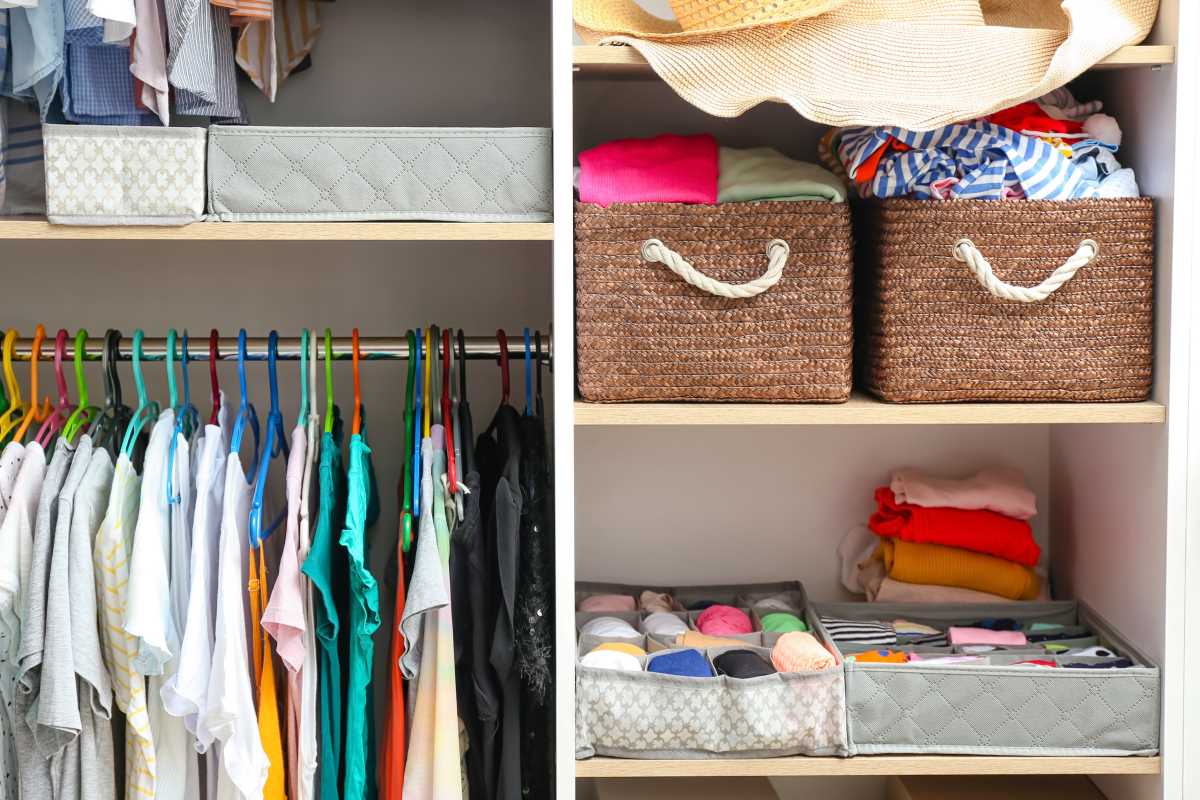The allure of a trendy new outfit for the price of a few coffees can be hard to resist. This is the core appeal of fast fashion, an industry built on producing inexpensive clothing rapidly to keep up with the latest trends. While these low prices seem like a great deal, they come with hidden costs that affect your finances, the environment, and the people who make the clothes. Understanding the true impact of fast fashion is the first step toward making more conscious and empowering choices. This article will help you explore the financial pitfalls of disposable clothing, uncover its environmental and ethical consequences, and offer practical guidance for building a wardrobe that is both stylish and sustainable.
What is Fast Fashion and How Does It Work?
Fast fashion describes a business model where clothing is produced quickly and cheaply to deliver new styles to consumers as fast as possible. Think of major brands that seem to have new arrivals every week. They have mastered a system that takes designs from the runway to the retail floor in record time, encouraging a constant cycle of buying and discarding.
The Cycle of Rapid Production
Traditional fashion used to operate on seasonal collections, releasing new lines for spring, summer, fall, and winter. Fast fashion has completely changed this model. Brands now introduce dozens of "micro-seasons" each year. This accelerated production schedule is made possible by streamlined supply chains and low-cost manufacturing, often located in countries with lower labor costs and less stringent regulations.
This constant stream of new products creates a sense of urgency for shoppers. Trends come and go in a matter of weeks, and the low price points make it easy to buy on impulse. You might see a style on a social media influencer one day and find an affordable version in a store the next. This system is designed to make you feel like you are falling behind if you are not constantly updating your wardrobe.
Low Quality Leads to a Disposable Mindset
To keep prices incredibly low, fast fashion companies often use cheaper materials and cut corners during production. Fabrics may be thin, seams may be poorly stitched, and zippers can break after just a few wears. The clothing is simply not built to last. This low quality is an intentional part of the business model.
When clothes fall apart quickly, you are forced to replace them, feeding back into the cycle of consumption. It fosters a disposable mindset where clothing is seen as temporary and easily replaceable rather than as a long-term investment. This cycle keeps you coming back for more, ensuring a steady stream of revenue for the companies, even if the individual items are inexpensive.
The Financial Drain of Fast Fashion
That $10 shirt might seem like a bargain, but the cumulative cost of fast fashion can be a significant drain on your wallet. The low initial price tag masks the long-term financial impact of a disposable wardrobe.
The Cost-Per-Wear Illusion
One of the best ways to evaluate the true value of a clothing item is to calculate its "cost-per-wear." This is determined by dividing the item's price by the number of times you wear it. A $200 coat that you wear 100 times has a cost-per-wear of just $2. In contrast, a $20 trendy top that you only wear twice before it goes out of style or falls apart has a cost-per-wear of $10.
Fast fashion items often have a very high cost-per-wear despite their low purchase price. Because they are not durable and are tied to fleeting trends, they end up being worn only a handful of times. Investing in higher-quality, timeless pieces may require a larger upfront cost, but their durability and versatility lead to a much lower cost-per-wear over time, saving you money in the long run.
The Trap of Constant Spending
Fast fashion thrives on creating a feeling of need. Weekly new arrivals and targeted social media ads are designed to make you feel like your current wardrobe is inadequate. This encourages frequent, small purchases that add up quickly. A few "harmless" shopping trips for a quick fashion fix can easily result in hundreds of dollars spent over a few months.
This cycle of constant spending can prevent you from reaching your larger financial goals. The money spent on disposable clothing could be put toward building an emergency fund, saving for a down payment, or investing in your future. Breaking free from this trap allows you to take control of your finances and allocate your hard-earned money to things that truly matter to you.
Beyond the Wallet: The Broader Impacts
The consequences of fast fashion extend far beyond your personal finances. The industry has significant negative effects on the environment and raises serious ethical concerns about the treatment of workers.
The Environmental Toll
The fashion industry is one of the world's largest polluters, and fast fashion is a major contributor to this problem. The production of cheap textiles, like polyester, is an energy-intensive process that relies on fossil fuels. Cotton, another common material, requires enormous amounts of water and pesticides to grow.
Additionally, the dyeing and treatment of fabrics often involve toxic chemicals that pollute waterways and harm aquatic ecosystems. Perhaps the most alarming impact is the waste. The disposable nature of fast fashion leads to millions of tons of clothing ending up in landfills each year, where synthetic fibers can take hundreds of years to decompose, releasing harmful microplastics into the environment.
The Human Cost
To keep prices low, fast fashion brands often rely on factories in countries where labor is cheap and worker protections are weak. Garment workers, who are predominantly women, frequently face unsafe working conditions, long hours, and extremely low wages that are not enough to live on.
Tragic events, like the Rana Plaza factory collapse in 2013, have shed light on the dangerous reality for many of the people who make our clothes. By supporting fast fashion, consumers are inadvertently participating in a system that often exploits its workers. Making more conscious choices is a way to stand in solidarity with these individuals and demand better standards across the industry.
How to Break Free and Build a Better Wardrobe
Moving away from fast fashion does not mean you have to sacrifice your personal style. It’s about being more intentional with your choices and building a wardrobe that you love and that lasts.
Embrace Quality Over Quantity
The first step is to shift your mindset. Instead of chasing trends, focus on building a core collection of high-quality, versatile pieces. These "slow fashion" items may cost more upfront, but they are made from better materials and are constructed to last for years.
Look for timeless styles like a classic white t-shirt, a well-fitting pair of jeans, a versatile blazer, or a little black dress. These are pieces that will not go out of style and can be mixed and matched to create numerous outfits. Investing in quality essentials is the foundation of a sustainable and cost-effective wardrobe.
Explore Secondhand and Thrifting
Thrift stores, consignment shops, and online resale platforms are treasure troves for unique, high-quality clothing at a fraction of the original price. Shopping secondhand is one of the most sustainable ways to update your wardrobe. It gives existing garments a new life and keeps them out of landfills.
You can often find well-made vintage pieces and barely-worn items from high-end brands. Thrifting allows you to experiment with your style without the financial or environmental guilt of buying new. It is a win-win for your wallet and the planet.
Learn to Care for Your Clothes
A little bit of care can go a long way in extending the life of your clothing. Learn to read care labels and follow washing instructions properly. Simple actions like washing clothes in cold water, air-drying them instead of using a machine, and learning basic mending skills like sewing on a button can make a huge difference.
Taking good care of the clothes you already own reduces the need to replace them. This simple practice helps you save money and fosters a greater appreciation for your possessions. Your clothes will look better and last longer, allowing you to enjoy them for years to come.
 (Image via
(Image via





